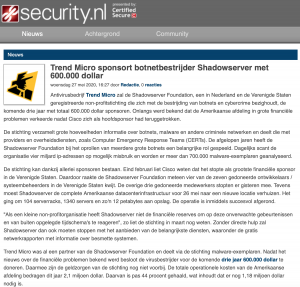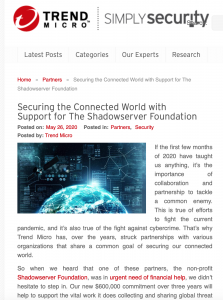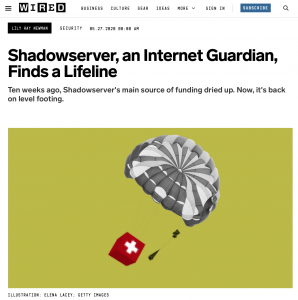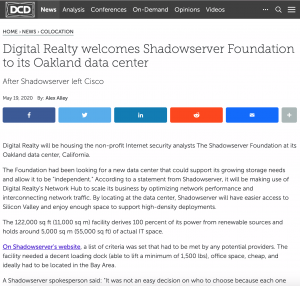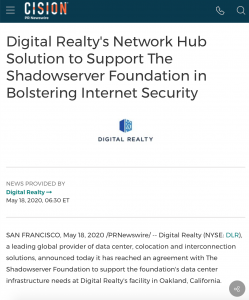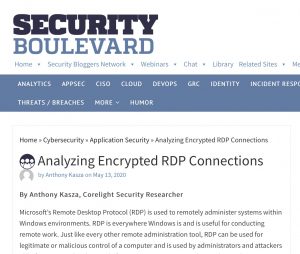Proyecto Sensores
Iniciativa conjunta de CEDIA y The Shadowserver Foundation que está desplegando una red de sensores en América Latina y el Caribe, usando como base la tecnología desarrollada por Shadowserver para automatizar las implementaciones de los sensores y la experiencia de CEDIA como centro de respuesta a incidentes de seguridad informática (CSIRT). Joint initiative of CEDIA and The Shadowserver Foundation that is deploying a network of sensors in Latin America and the Caribbean, based on the technology developed by Shadowserver to automate sensor deployments and CEDIA’s experience as a security incident response center computer science (CSIRT).





